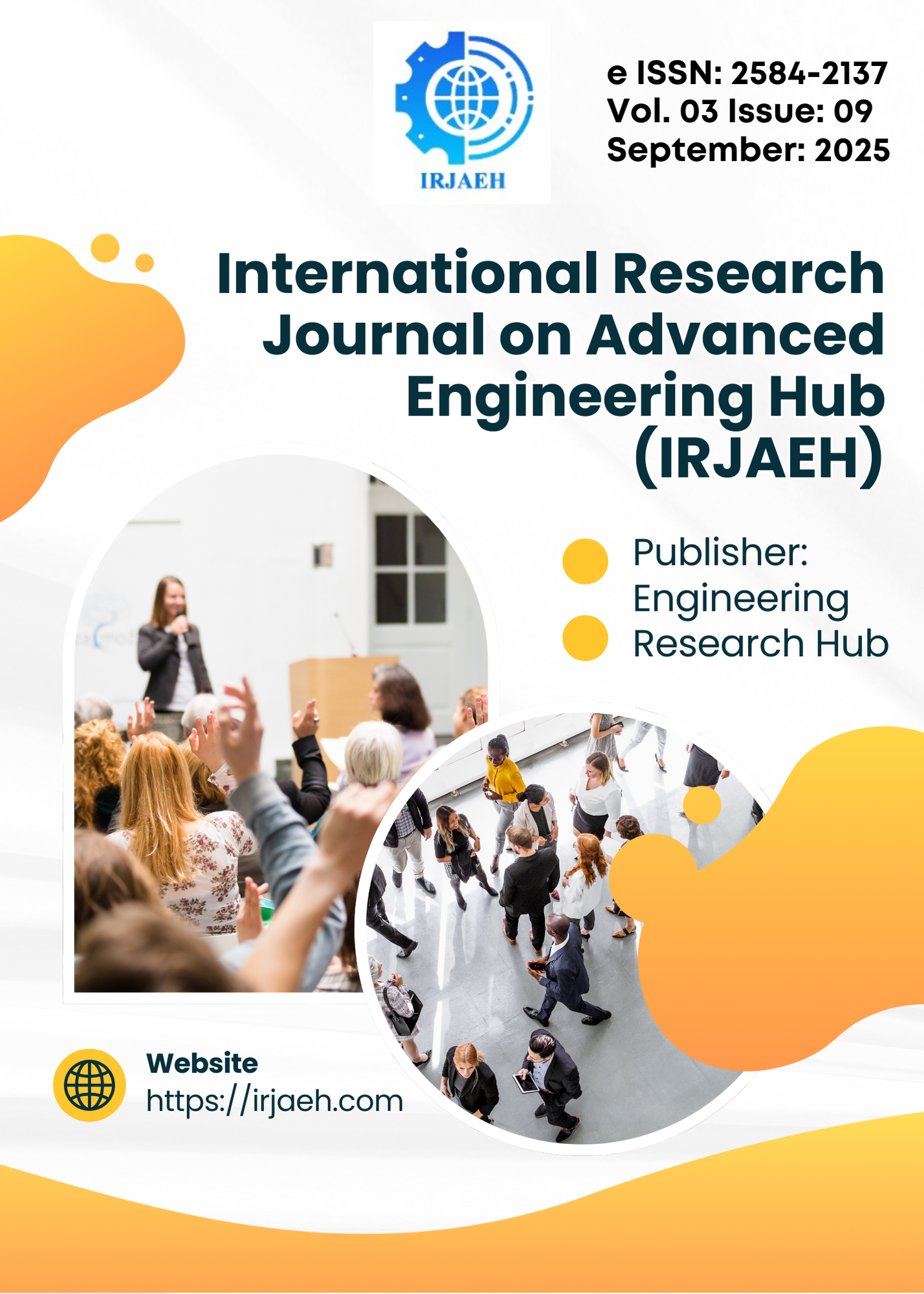Lightweight Multi-Material Laminates Through the Routes of Friction Stir Additive Manufacturing
DOI:
https://doi.org/10.47392/IRJAEH.2025.0519Keywords:
Friction Stir Additive Manufacturing, Lightweight structures, Multi-material, Solid state joiningAbstract
Multi-material design is a novel approach to cater the needs of nowadays aircraft, marine and automobile applications. To meet wholesome characteristics, material laminates are articulated. The aircraft and automobile industries are striving to overcome challenges of light weight, economical and green design of materials. The demand of varied characteristics can be better fulfilled by multi-material laminates. Combining similar or dissimilar alloys to customise the material is a novel technique which overcomes issues related to versatile characteristics required in material. Fabrication of desired properties can be achieved by joining different alloys in the form of laminated structure. Aluminium alloys that are preferred in aircraft structural components can be replaced with multi-material Al, Mg, Cu, Ti laminates to get added benefits in terms of cost, environmental impact and light weight design. Presently, many methods of material fabrication are available either fusion based or solid state. The friction stir additive manufacturing, a solid state joining method can be effectively used for lightweight multi-material design. This paper examines various fusion-based and solid-state methods for multi-material manufacturing, with a particular emphasis on the innovative Friction Stir Additive Manufacturing (FSAM) technique. The attention of researchers is drawn towards challenges associated with joining dissimilar materials.
Downloads
Downloads
Published
Issue
Section
License
Copyright (c) 2025 International Research Journal on Advanced Engineering Hub (IRJAEH)

This work is licensed under a Creative Commons Attribution-NonCommercial 4.0 International License.

 .
. 